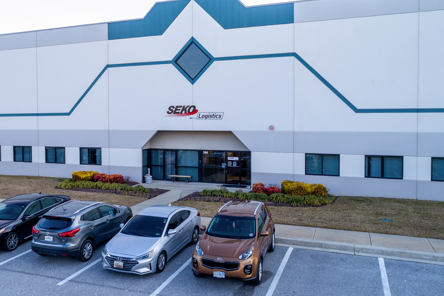Taking steps to expand its United States facilities footprint, Chicago-based third-party logistics (3PL) services provider and global freight forwarder SEKO Logistics said this week it has opened two new East Coast-based regional distribution hubs in Baltimore and Charlotte.
Taking steps to expand its United States facilities footprint, Chicago-based third-party logistics (3PL) services provider and global freight forwarder SEKO Logistics said this week it has opened two new East Coast-based regional distribution hubs in Baltimore and Charlotte.
The Baltimore location is comprised of more than 160,000 square-feet of warehouse space, which SEKO said will support its shipper customers in the medical, e-commerce, and defense sectors. And it added that this new location also augments the company’s Defense and Commercial logistics services in Baltimore, which is made up of specialist inspection and acceptance, packaging and labeling, reverse logistics, and last mile services. SEKO also noted that this facility is ISO 13485 certified for handling and managing logistics for medical devices.
And the new Charlotte location is the result of an investment in the ten-fold expansion of SEKO’s facility there, which was spearheaded by Managing Director and SEKO Strategic Partner Jim Duffy.
This 11,000 square-foot, 24-dock door facility will serve SEKO’s shipper customers in the finance, furniture, apparel, automotive, and industrial sectors. SEKO added that this facility is C-TPAT compliant and meshes the technology, equipment and security systems needed to scale any client project requirements.
What’s more, SEKO said that the company’s growth in Baltimore and Charlotte will increase the company’s presence for both White Glove and Cross-Dock services for its Value-Added Freight Forwarding services, too.
SEKO Logistics Chief Growth Officer Brian Bourke told LM that the company is “experiencing significant growth driven by our e-commerce, high tech and health care clients, and both the Baltimore and Charlotte markets and branches have helped drive that growth.”





